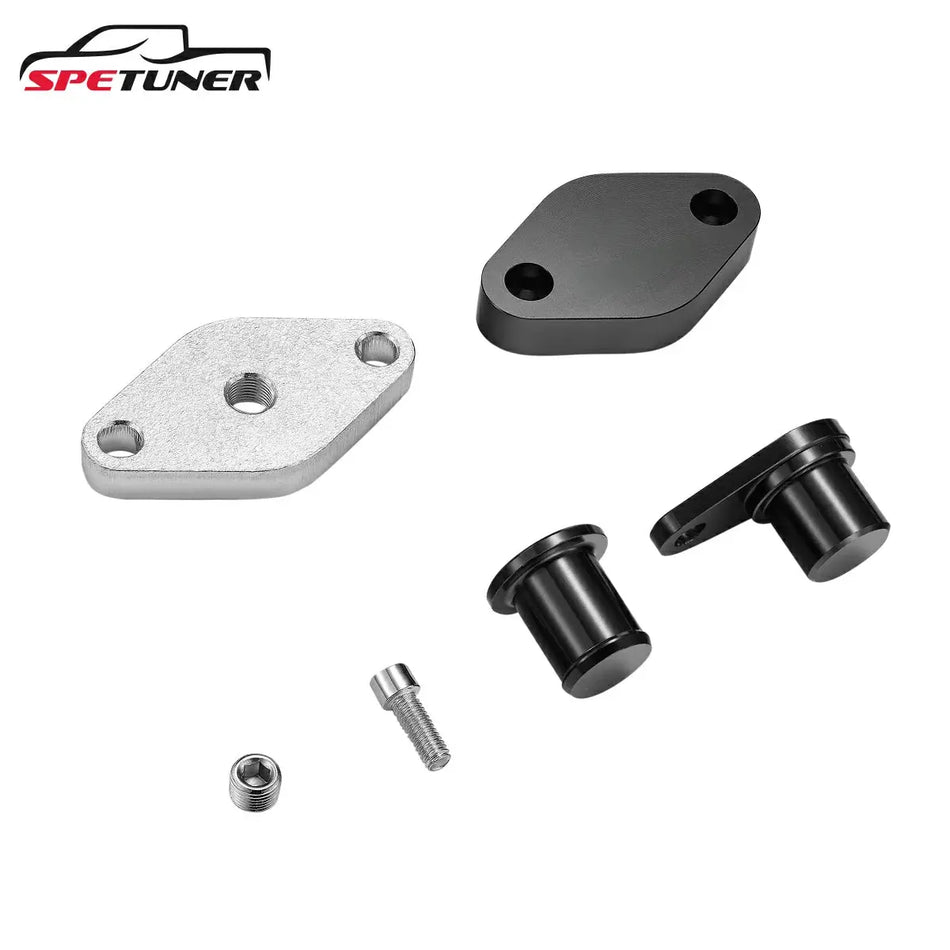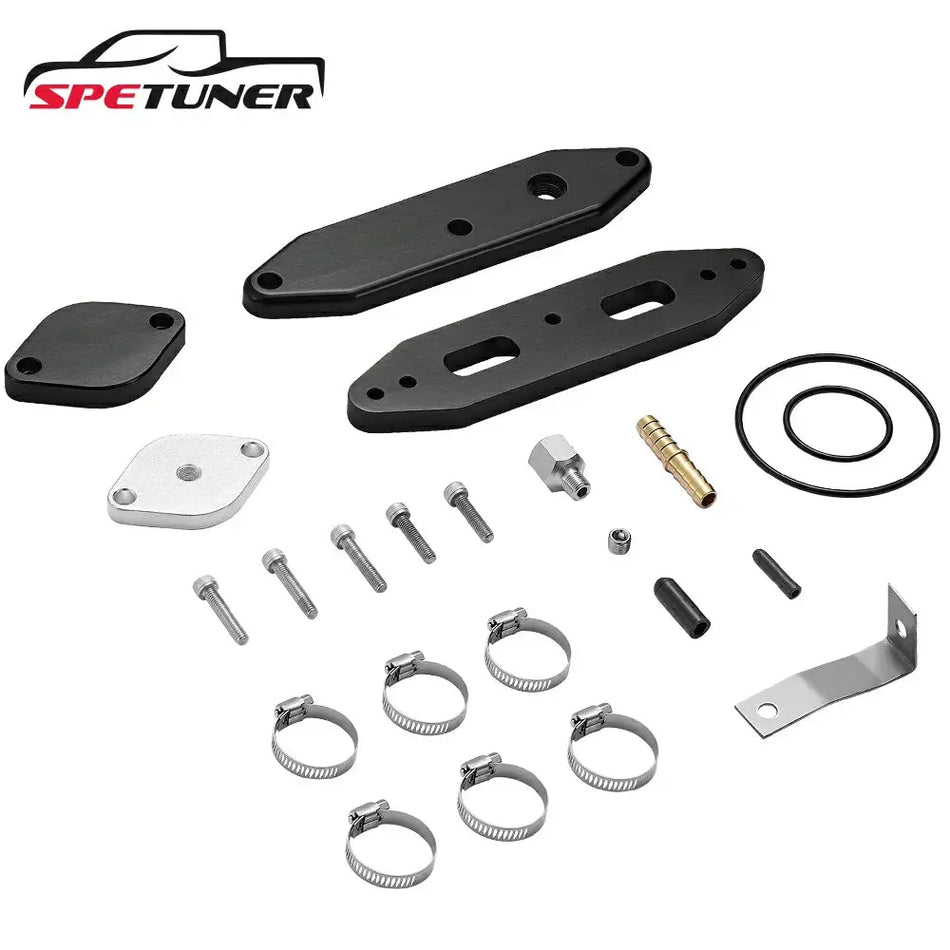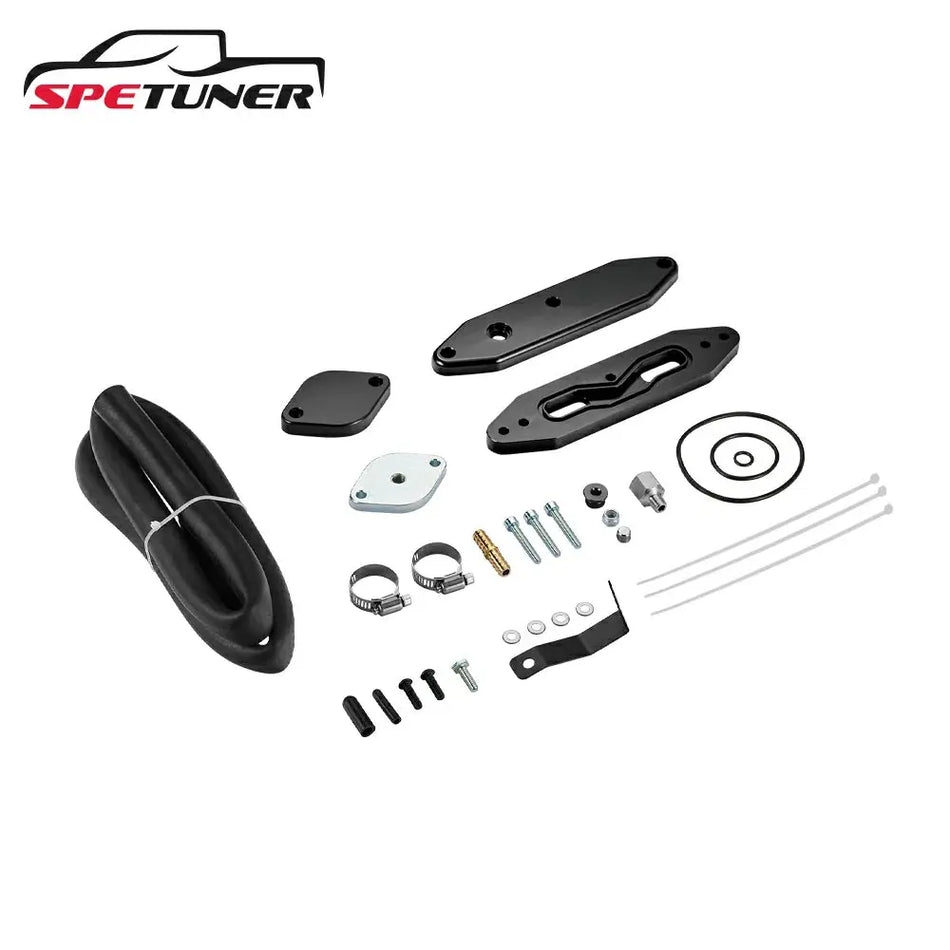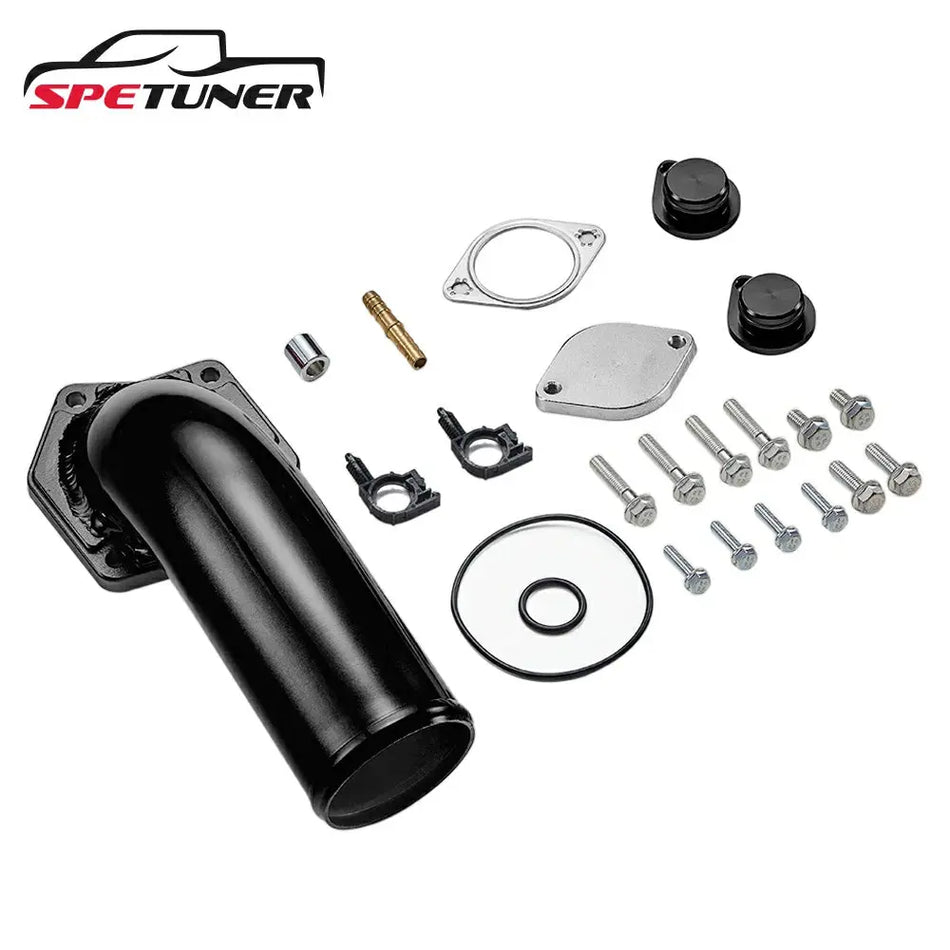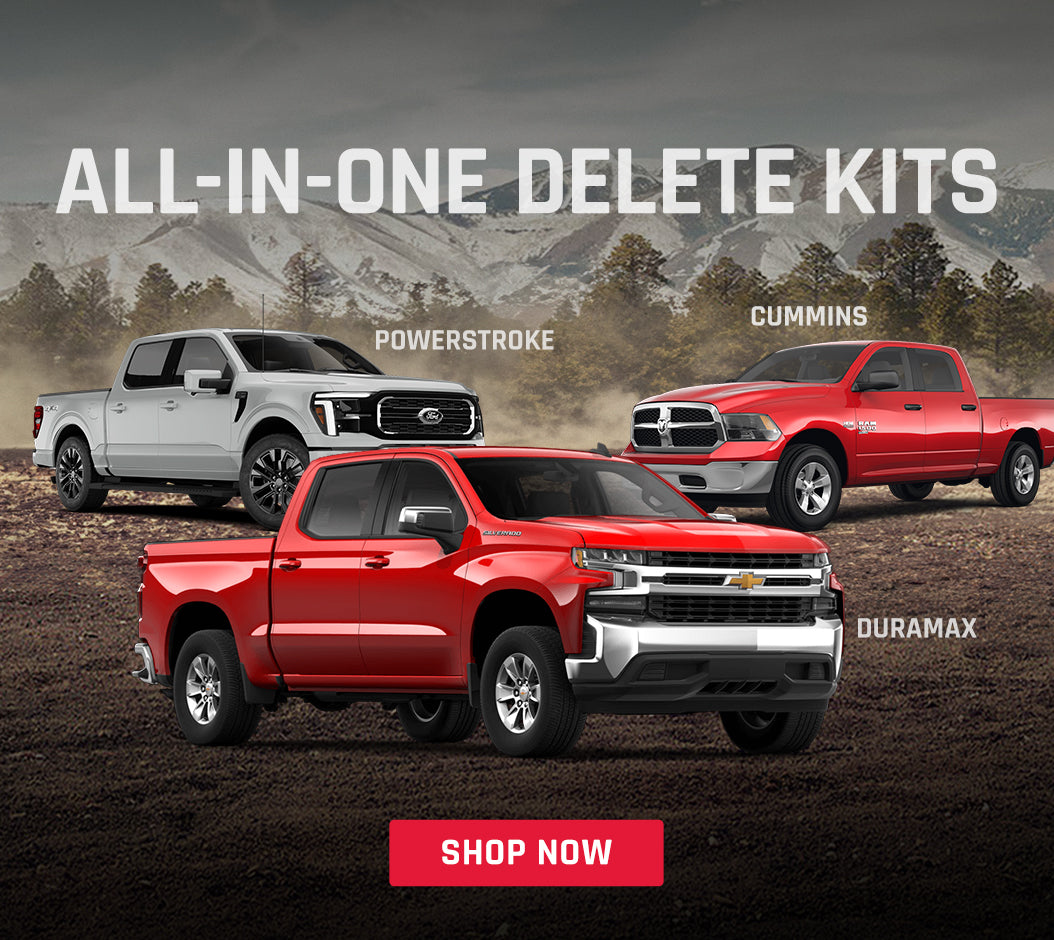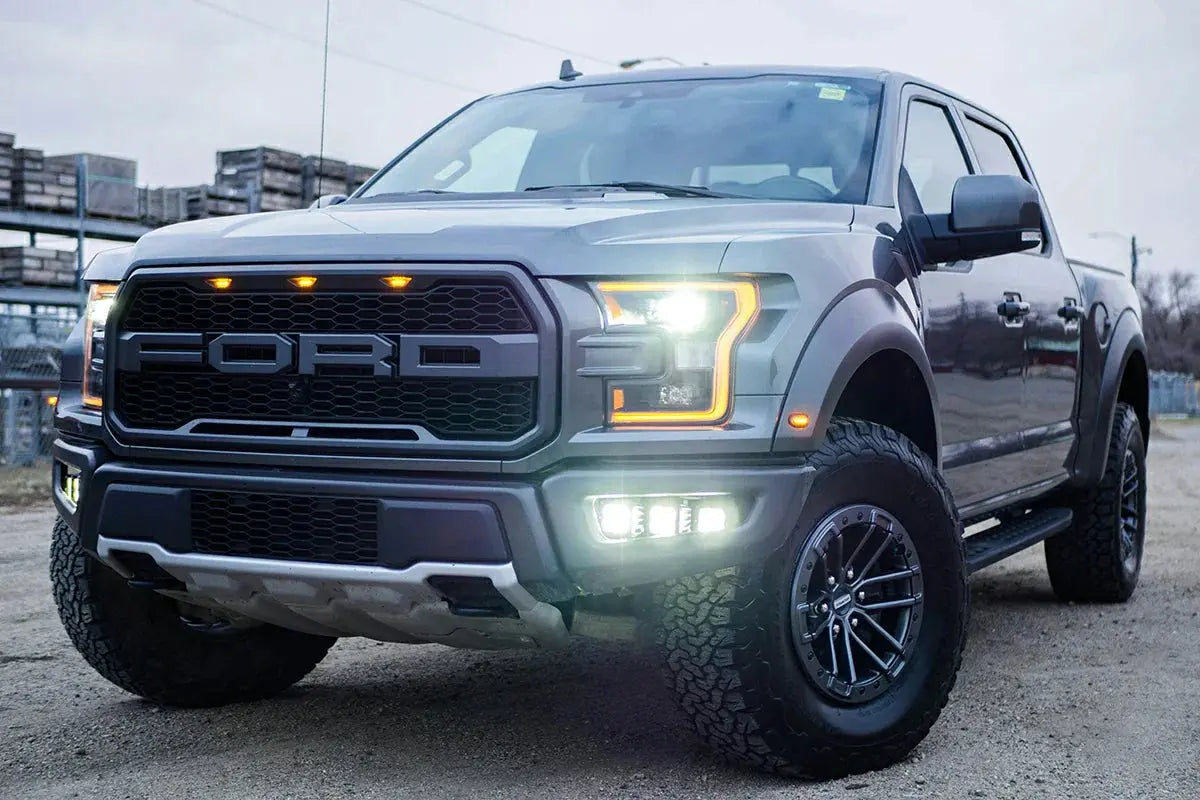The Purpose of an Exhaust Muffler
How a Muffler Works in the Exhaust System
An exhaust muffler is built into the tail end of your vehicle’s exhaust system, and its core job is to reduce noise from engine combustion. Every time your engine fires, it sends out a series of high-pressure sound pulses through the exhaust valves. Left unchecked, those pulses can be incredibly loud—especially on diesel trucks with high torque output.
The muffler handles this by redirecting and canceling sound waves using internal chambers and perforated tubes. These chambers are designed to create interference patterns—basically, sound waves crash into each other and cancel out. Some designs use fiberglass packing to absorb noise instead of bouncing it around. The end result is a noticeable drop in sound levels without completely choking off exhaust flow.
Components Inside a Muffler That Reduce Noise
Inside a typical muffler, you'll find a combination of chambers, baffles, and sometimes acoustic packing materials—all designed to tame exhaust sound. The layout isn’t random. Each element plays a role in disrupting and silencing sound waves.
Chambers and perforated tubes guide the exhaust gas through a maze-like path. As gases bounce around, sound waves lose energy or cancel each other out. Some mufflers use steel wool or fiberglass to soak up higher-frequency sounds—especially useful in performance setups where tone matters.
This internal design balances sound suppression and flow. The more restrictive the path, the quieter the output—but that can come at the cost of back pressure. That’s why performance mufflers aim to muffle noise without restricting gas flow too much.
Why Sound Cancellation Matters in Daily Driving
Without a functioning muffler, your truck doesn’t just get louder—it becomes obnoxiously loud. That kind of noise can wear on you quickly, especially during long drives or stop-and-go traffic. It’s not just about comfort either—excessive exhaust noise can draw unwanted attention or even legal trouble, depending on local noise ordinances.
A properly tuned muffler makes a big difference in how civilized your truck feels. It allows you to enjoy the deep tone of a diesel engine without the ear-piercing roar. Whether you're driving through neighborhoods or idling in a jobsite parking lot, a well-designed muffler helps keep things respectful.
Plus, a quieter truck makes it easier to hear other mechanical noises—like a failing turbo or drivetrain rattle—before they become bigger problems.

Does a Muffler Change the Sound of Your Diesel Truck?
Sound Differences Between Stock and Aftermarket Mufflers
Yes—swapping your muffler can dramatically change how your diesel truck sounds. Stock mufflers are built with one main goal: keep things quiet. They use tight chambers and sound-deadening materials to muffle as much noise as possible, often making even a tuned engine sound bland.
Aftermarket mufflers, on the other hand, are designed with tone in mind. Some enhance the deep growl of a diesel under load, while others aim for a crisp, aggressive bark when you hit the throttle. Straight-through (or straight pipe-style) mufflers offer the least restriction, letting out a louder, rawer sound. Chambered mufflers give you a more tuned rumble without being overwhelming.
Comparing Muffler Types: Chambered vs Straight-Through vs Turbo
Not all mufflers are created equal—each type delivers a different sound and flow profile. For diesel truck owners, the right choice depends on whether you're chasing tone, performance, or a balance of both.
Chambered mufflers use a series of internal chambers and baffles to cancel out sound waves. They’re known for creating that classic deep, rumbling tone without being too loud. Great for daily drivers who want a bit more presence without waking the whole neighborhood.
Straight-through mufflers (also called glasspacks) offer the least resistance. Exhaust gases pass through a straight perforated tube wrapped in packing material. They’re loud, aggressive, and flow-friendly—ideal for off-road builds or drivers who want a race-inspired tone.
Turbo mufflers blend both approaches. They route gases through an S-shaped path, which quiets the sound but keeps decent flow. Not as loud as a straight-through, but not as quiet as chambered—solid middle ground.
Legal Limits on Exhaust Noise in Some Regions
Sound isn’t just a matter of taste—it’s also a matter of law. Many states and municipalities have specific decibel limits for exhaust noise, especially for on-road vehicles. Go too loud, and you risk tickets, failed inspections, or worse—being ordered to reinstall your stock system.
For example, in California, any exhaust system louder than 95 decibels is considered illegal on most vehicles. Other states like New York and Colorado have started cracking down as well. While off-road use often gets a pass, that exception doesn’t apply if you’re driving on public roads—even part of the time.
If you're running a performance or straight-through muffler, make sure it’s labeled "off-road use only" if it's above legal sound levels. And always check local laws before doing a muffler delete. It’s not worth getting hit with fines every time you roll through town.
How an Exhaust Muffler Affects Engine Performance
Back Pressure Explained: The Performance Trade-Off
Every muffler adds some resistance to the flow of exhaust gases—that resistance is called back pressure. While a little back pressure can help with low-end torque in some engines, too much of it chokes performance, especially in turbocharged diesels.
When exhaust gases can’t exit quickly, the engine has to work harder to push them out. That slows down the combustion cycle, reduces throttle response, and can leave horsepower on the table. High-flow or performance mufflers are designed to reduce this bottleneck while still managing sound.
Mufflers and Turbocharged Diesel Engines
Turbocharged diesels rely heavily on efficient exhaust flow to spool quickly and deliver boost. A restrictive muffler can slow down exhaust velocity, which delays turbo response and reduces overall performance. That’s why many diesel tuners choose straight-through mufflers or delete them altogether—for maximum flow.
However, it's not just about removing restriction. Turbos themselves quiet the exhaust note slightly, so in some cases, even a high-flow muffler still provides enough back pressure to maintain driveability while keeping noise under control.
The key is matching your muffler to your turbo setup. If you’re running a bigger turbo or pushing higher boost, freeing up the exhaust with a performance muffler can help you get the most out of your build—without introducing excessive drone or rasp.
Choosing High-Flow Mufflers for Power Optimization
If performance is your priority, a high-flow muffler is the way to go. These designs reduce internal restrictions using straight-through cores, larger tubing diameters, and minimal baffling. The goal is to move exhaust gases out as fast as possible—freeing up horsepower and improving throttle response.
High-flow mufflers are especially effective on tuned or deleted diesel trucks where exhaust gas volume increases significantly. Pairing one with a larger downpipe and a performance exhaust system allows your turbo to breathe, which improves boost efficiency and lowers EGTs (exhaust gas temperatures).
When choosing a high-flow muffler, look for stainless steel construction, mandrel-bent tubing, and flow ratings that match your engine output. It’s one of the simplest bolt-ons that can deliver real performance gains—without going full straight-pipe.

What Happens When a Muffler Is Removed?
Benefits and Risks of a Muffler Delete
Removing the muffler—known as a muffler delete—is a common mod in the diesel community. The immediate result? More sound, less restriction, and potentially quicker turbo spool. With the muffler gone, exhaust gases exit faster, which can slightly improve throttle response and engine efficiency, especially at higher RPMs.
But there are trade-offs. First, it gets loud—sometimes painfully loud for daily driving. Drone in the cab, especially on highway cruises, can wear you out fast. Second, removing the muffler eliminates any noise regulation, which may get you flagged during inspections or roadside stops.
There’s also the issue of resale value. Some buyers see a muffler delete as a red flag—assuming hard use or emissions tampering. So unless it's an off-road or race-only build, think twice before cutting it out permanently.
Is a Muffler Delete Legal for Off-Road Use?
In most U.S. states, a muffler delete is only legal for off-road or race use, not for vehicles driven on public roads. Federal law (through the EPA) and many state regulations require vehicles to have functional exhaust systems, which includes a muffler to control noise and emissions indirectly.
Even if you're running a full emissions-compliant system otherwise, deleting the muffler can still land you in hot water. Some states, like California, are particularly strict and may issue citations just for excessive noise—even if you claim off-road intent.
If you're building a dedicated trail rig, a muffler delete might make sense. But for daily-driven or street-legal trucks, it's smarter to go with a high-flow muffler labeled "for off-road use only" and keep your system visually and audibly clean enough to avoid attention.
Impact of Muffler Removal on Emissions and Fuel Efficiency
While a muffler isn’t directly tied to emissions like a catalytic converter or DPF, removing it can still affect your truck’s emissions profile. That’s because deleting it may alter exhaust gas velocity and pressure, which can impact how sensors like the O2 or EGT respond—especially on newer diesel engines with tighter emissions controls.
As for fuel efficiency, the effect of a muffler delete is usually minimal—but it depends on the rest of your setup. On a heavily tuned truck with reduced back pressure, you might see a slight gain in MPG, especially during highway cruising. But for most drivers, the difference is negligible.
In short, removing the muffler may give you more sound and marginally better flow, but it won’t magically save you fuel—and could push your truck out of emissions compliance.
When and Why You Should Replace a Muffler
Signs of a Failing or Damaged Muffler
A failing muffler rarely goes unnoticed. One of the first signs is increased noise—if your truck suddenly sounds louder, raspier, or starts to drone at certain RPMs, it’s time to check the exhaust.
You might also notice a strong exhaust smell inside or around the cab. That can mean your muffler or exhaust pipe has a crack or hole, allowing gases to leak before exiting the tailpipe. In diesel trucks, this can be especially dangerous due to higher soot and NOx content.
Another red flag is reduced fuel economy or throttle response. A damaged muffler can disturb proper exhaust flow, forcing the engine to work harder and burn more fuel.
If any of these symptoms show up, don’t wait—inspecting or replacing the muffler could save you from bigger repair bills down the road.
How Rust, Moisture, and Impact Damage a Muffler
Mufflers take a lot of abuse, especially on trucks that deal with wet roads, snow, mud, or off-road terrain. Moisture buildup—from rain, condensation, or short-trip driving—collects inside the muffler and causes internal rust over time. That rust weakens the metal, eventually leading to holes or cracks.
Road salt in winter conditions makes it worse, accelerating corrosion from the outside in. If you're driving in the Rust Belt or up north, it’s not a matter of if, but when your muffler starts deteriorating.
Then there’s physical damage. Rocks, curbs, or trail debris can dent or puncture the muffler casing or hangers. That kind of impact can break welds or even knock the muffler loose—causing leaks, rattling, or full-on failure.
Routine visual inspections go a long way. If you see flaking metal, black soot marks, or notice your tailpipe hanging lower than normal, it’s time to act.
Long-Term Effects of Driving with a Bad Muffler
Driving with a damaged or deteriorated muffler isn’t just noisy—it can lead to long-term problems that affect more than just your exhaust system. For starters, exhaust leaks caused by rust or cracks can allow toxic gases like carbon monoxide to seep into the cabin, which is a serious health hazard.
Beyond that, a compromised muffler throws off exhaust flow dynamics, which can confuse engine sensors. Over time, this can trigger warning lights, reduce fuel efficiency, and even affect turbo or EGR performance in diesel engines.
There’s also the risk of structural damage. If a rusted muffler falls off or shifts out of position, it can drag on the ground or hit other components, like brake lines, axles, or suspension parts.
Ignoring a bad muffler can turn a cheap fix into a costly repair. If your truck sounds off or smells strange, don’t wait it out—get under there and take a look.

Best Muffler Options for Off-Road Diesel Applications
Features to Look for in Performance Mufflers
When choosing a muffler for your off-road diesel truck, durability and flow come first. Off-road builds demand a muffler that can handle high exhaust temps, heavy vibration, and exposure to dirt, water, and rocks. You want something that won’t rattle apart after a few trails or highway pulls.
Look for straight-through designs that maximize exhaust flow while still managing some level of sound control. These allow your turbo to spool freely without building excess back pressure—ideal for tuned or deleted diesel setups.
Also consider mufflers that include repackable cores, so you can maintain sound control over time. That’s especially useful for rigs that see both trail and street use, where tone and legality can shift depending on the route.
High-performance mufflers aren’t about just being loud—they’re about delivering reliable, consistent flow in harsh conditions.
Materials That Withstand Harsh Off-Road Conditions
Off-road diesel trucks need mufflers built for abuse—period. That starts with the material. 409 stainless steel is the most common upgrade from mild steel. It offers good corrosion resistance at a fair price and handles daily driving and light off-road use well.
If you’re serious about long-term durability, go for 304 stainless steel. It resists rust even in coastal, snowy, or muddy environments and won’t pit or corrode over time. For extreme builds, aluminized steel is lighter and cheaper but won’t last as long under heavy abuse.
Weld quality also matters. Look for TIG-welded seams and reinforced hangers. Cheap spot welds can break loose under trail vibrations or thermal expansion. A rugged build keeps your exhaust system in place, even when your truck takes a beating.
Choose materials that match how and where you drive. It’s an investment that’ll pay off every time the terrain gets rough.
Recommended Muffler Types for Duramax, Cummins, and Powerstroke
When outfitting your diesel truck—whether it's a 7.3 powerstroke, 6.7 cummins, or l5p duramax—choosing the right muffler can make a noticeable difference in tone, flow, and overall performance.
For Duramax owners with performance mods, a straight-through performance muffler offers aggressive sound and minimal back pressure. SPETUNER carries high-flow 4" and 5" mufflers built for heavy-duty powertrains, ideal for tuned Duramax builds.
Cummins trucks—especially 5.9L and 6.7L—respond well to chambered mufflers that give you a deep tone with controlled resonance. SPETUNER’s options for 3rd and 4th Gen RAMs are built from 304 stainless steel, designed for both durability and sound.
Powerstroke platforms benefit from turbo-style or straight-through mufflers, depending on how wild you want to go. SPETUNER provides bolt-on systems compatible with 6.0L and 6.7L models, with options for off-road use or quieter street setups.
No matter your build, SPETUNER offers diesel-specific mufflers engineered for flow, tone, and long-term reliability—built by diesel guys, for diesel guys.
FAQs
Q1: Does a muffler affect diesel truck performance?
A: Yes. A muffler can increase back pressure, which slightly reduces turbo efficiency. However, performance mufflers are designed to maintain flow while reducing noise, making them a smart upgrade for tuned diesel setups.
Q2: Is a muffler delete legal on diesel trucks?
A: In most states, a muffler delete is only legal for off-road or race use. Street-driven trucks must comply with local noise and equipment laws. Always check state regulations before removing your muffler.
Q3: What type of muffler is best for a tuned Duramax or Cummins?
A: Straight-through and high-flow chambered mufflers are the most popular for tuned Duramax and Cummins trucks. They offer low restriction and a deeper, more aggressive sound without creating excessive cabin drone.
Q4: Can removing the muffler improve fuel economy?
A: Slightly, in some cases. A muffler delete might reduce restriction and improve throttle response on tuned trucks with higher exhaust flow. But for most daily drivers, the fuel savings are minimal.
Q5: How do I know if my muffler is going bad?
A: Signs include increased noise, exhaust smell near the cab, visible rust or holes, and a drop in fuel efficiency or throttle response. It's best to inspect and replace a failing muffler early to avoid further issues.


